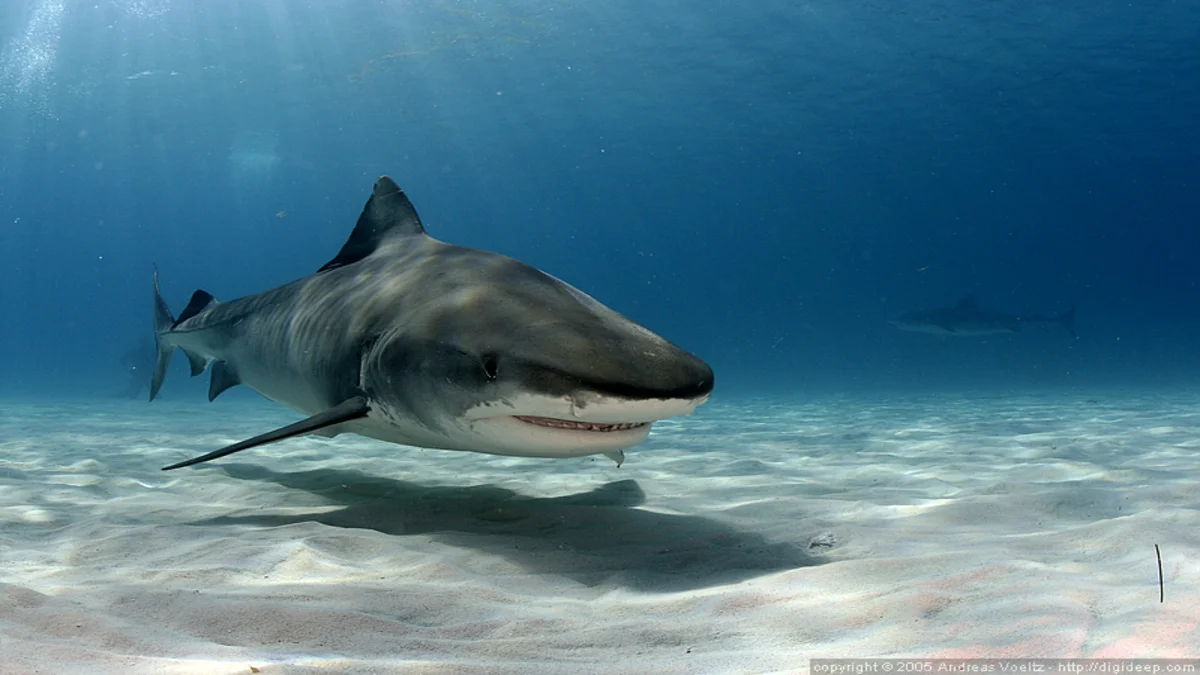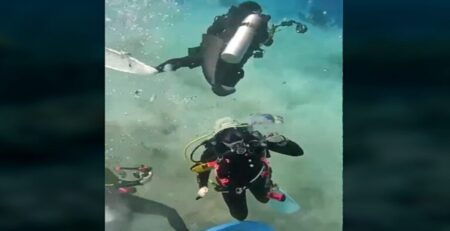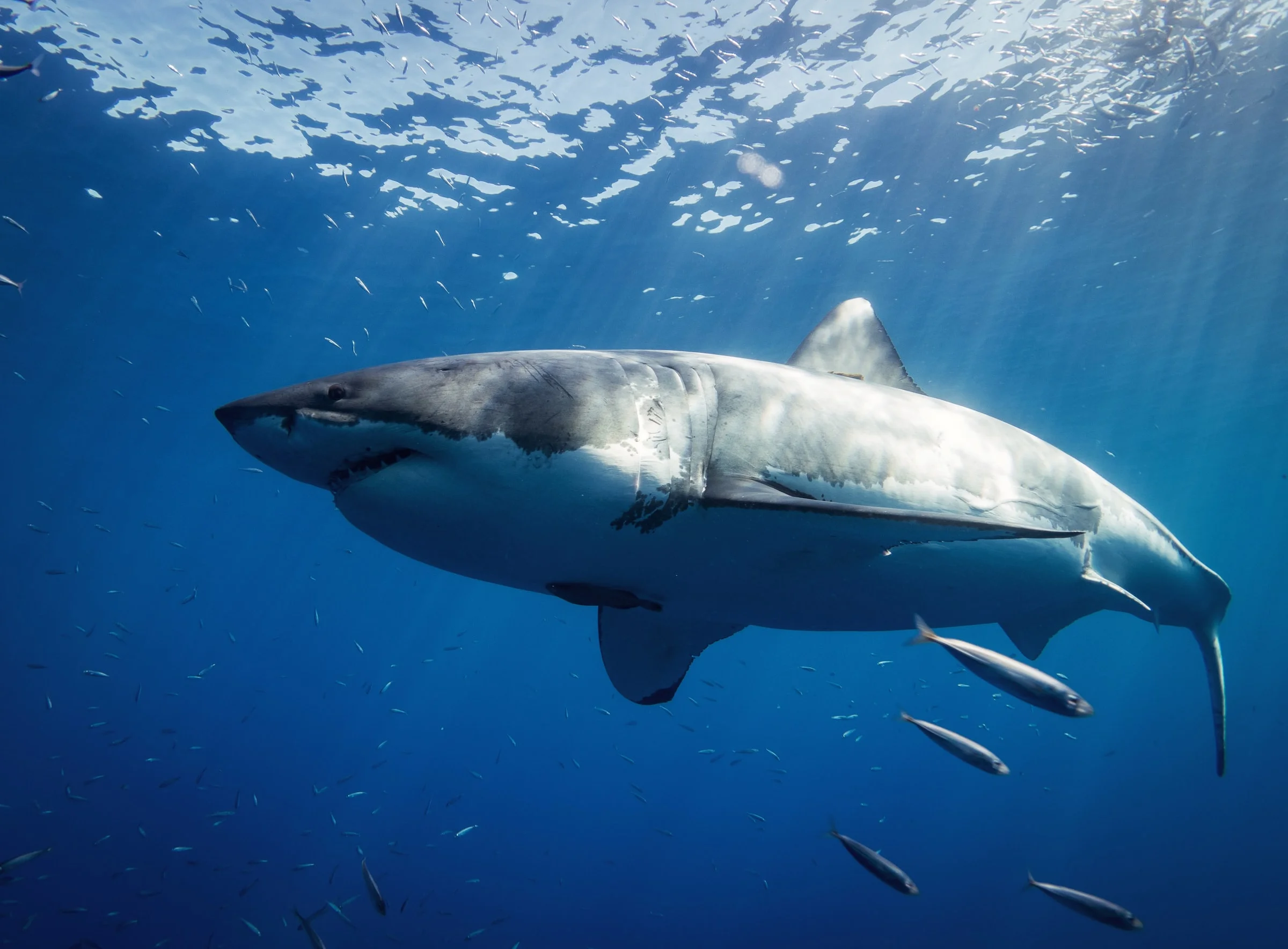Flying After The Dive: Final Facts
Introduction
Scuba diving is an exhilarating and adventurous activity that requires a keen understanding of safety guidelines and practices. One such safety concern is flying after diving, which can lead to serious health complications if not properly managed. In this article, we will provide a comprehensive analysis of the article “Flying After Diving: Finally, the Facts, Not Just Theory,” published by Alert Diver and supported by research conducted by the Divers Alert Network (DAN). The original article can be accessed here.
Background
Flying after diving has long been a topic of concern and debate among scuba divers, diving instructors, and medical professionals. The primary concern is the increased risk of decompression sickness (DCS), which can occur when nitrogen bubbles form in the body’s tissues due to rapid changes in ambient pressure. DAN’s research aims to provide concrete guidelines and recommendations for divers who plan to fly after diving.
Key Findings
DAN’s research focuses on the connection between flying after diving and the risk of DCS. Through a series of studies and experiments, DAN has identified several key factors that divers should consider when planning their post-dive flights:
- Pre-flight Surface Interval (PFSI): The amount of time between the last dive and the flight is critical in reducing the risk of DCS. DAN recommends a minimum PFSI of 12 hours for single no-decompression dives and a minimum of 18 hours for multiple dives or repetitive dive days.
- Altitude: Flying at higher altitudes increases the risk of DCS due to the reduced atmospheric pressure. DAN suggests that divers should avoid flying at altitudes above 2,000 feet (610 meters) within 24 hours of their last dive.
- Dive Profiles: Divers who engage in deep or decompression dives should adhere to a more conservative PFSI, allowing more time for their bodies to off-gas nitrogen before flying.
- Individual Factors: Age, fitness level, hydration, and medical history can all impact a diver’s susceptibility to DCS. Divers should consider these factors when planning their post-dive flights and take appropriate precautions.
Recommendations
Based on the findings of DAN’s research, divers can reduce their risk of DCS by following these guidelines:
- Plan your post-dive flights carefully, adhering to the recommended PFSI based on your dive profile.
- Stay hydrated and avoid alcohol consumption before flying, as dehydration can increase the risk of DCS.
- Consider individual factors that may increase your risk of DCS and adjust your plans accordingly.
- Always follow established diving safety guidelines, including dive planning, buddy checks, and proper ascent rates.
Conclusion
The research conducted by DAN offers valuable insights for divers who want to minimize their risk of DCS when flying after diving. By adhering to the guidelines and recommendations outlined in the article, divers can enjoy their underwater adventures while maintaining their safety and well-being.
Credits: This article is based on the research conducted by the Divers Alert Network (DAN) and the original article published by Alert Diver.
Disclosure: This post may contain affiliate links, which means that DIVEMONDO may receive a small commission if you make a purchase using these links. As an Amazon Associate this website earn from qualifying purchases.












Leave a Reply